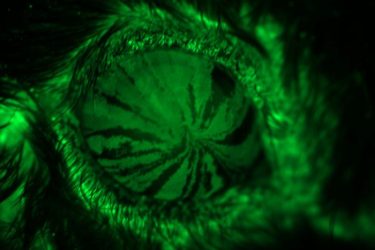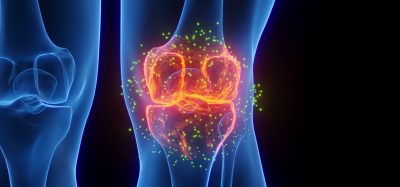Study identifies gene and proteins that could treat dry eye disease
Posted: 12 January 2023 | Ria Kakkad (Drug Target Review) | No comments yet
Researchers found that proteins made by stem cells that regenerate the cornea could be new targets for treating dry eye disease.


Patients with dry eye disease are more likely than those with healthy eyes to suffer injuries to their corneas. Studying mice, researchers at Washington University School of Medicine in St. Louis, US, have found that proteins made by stem cells that regenerate the cornea may be new targets for treating and preventing such injuries. The study was recently published in Proceedings of the National Academy of Sciences.
Dry eye disease occurs when the eye cannot provide adequate lubrication with natural tears. People with the common disorder use various types of drops to replace missing natural tears and keep the eyes lubricated, but when eyes are dry, the cornea is more susceptible to injury.
“We have drugs, but they only work well in about 10 percent to 15 percent of patients,” said senior investigator Dr Rajendra Apte. “In this study involving genes that are key to eye health, we identified potential targets for treatment that appear different in dry eyes than in healthy eyes. Tens of millions of people around the world — with an estimated 15 million in the US alone — endure eye pain and blurred vision as a result of complications and injury associated with dry eye disease, and by targeting these proteins, we may be able to more successfully treat or even prevent those injuries.”
The researchers analysed genes expressed by the cornea in several mouse models — not only of dry eye disease, but also of diabetes and other conditions. They found that in mice with dry eye disease, the cornea activated expression of the gene SPARC. They also found that higher levels of SPARC protein were associated with better healing.


Studying mice, researchers at Washington University School of Medicine in St. Louis have found that proteins made by stem cells to help regenerate the cornea may become new targets for treating and preventing injuries to the cornea related to dry eye disease. When eyes are dry, the cornea is more susceptible to injury. By tracking the movements of stem cells (in fluorescent green) in a mouse eye, researchers were able to trace the cells as they differentiated into corneal cells and migrated to the center of the cornea, providing clues about how the cells work to help corneal injuries heal
[Credit: Washington University School of Medicine].
“We conducted single-cell RNA sequencing to identify genes important to maintaining the health of the cornea, and we believe that a few of them, particularly SPARC, may provide potential therapeutic targets for treating dry eye disease and corneal injury,” said first author Joseph Lin, a PhD student in Apte’s lab.
“These stem cells are important and resilient, and a key reason corneal transplantation works so well,” Apte concluded. “If the proteins we have identified do not pan out as therapies to activate these cells in people with dry eye syndrome, we may even be able to transplant engineered limbal stem cells to prevent corneal injury in patients with dry eyes.”
Related topics
Disease Research, Genetic Analysis, Genomics, Protein, RNAs, Sequencing, Stem Cells, Therapeutics
Related conditions
dry eye disease
Related organisations
Washington University School of Medicine in St. Louis
Related people
Dr Rajendra Apte, Joseph Lin








